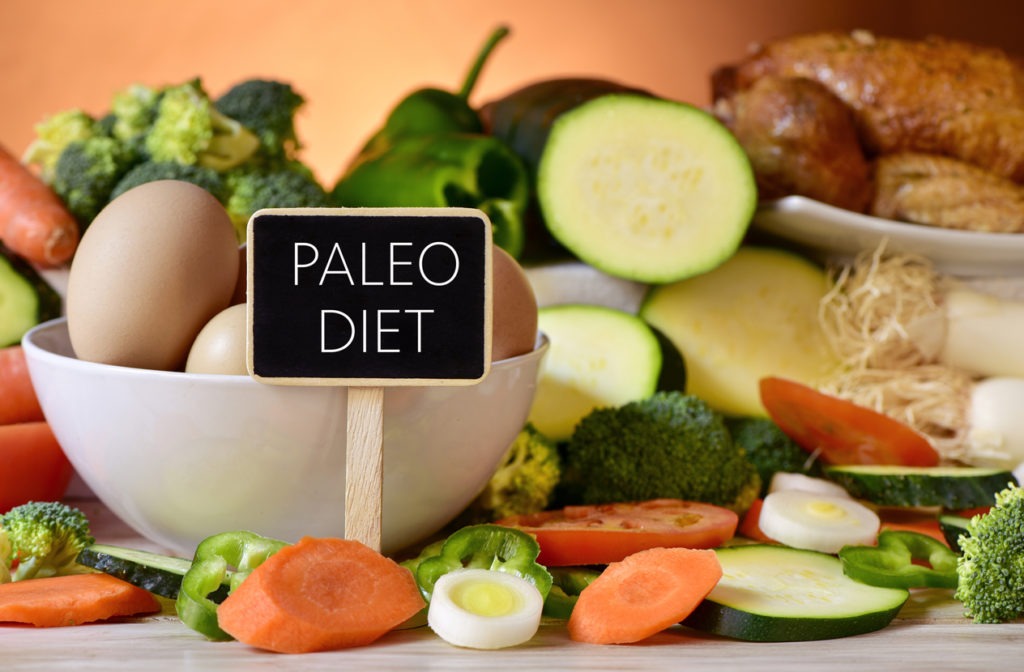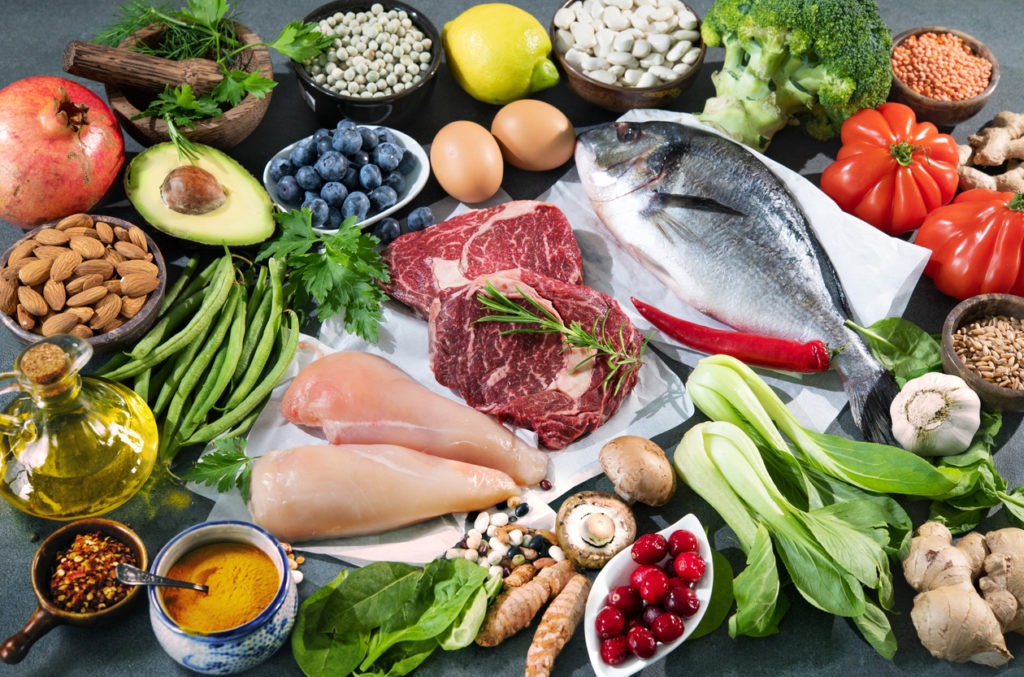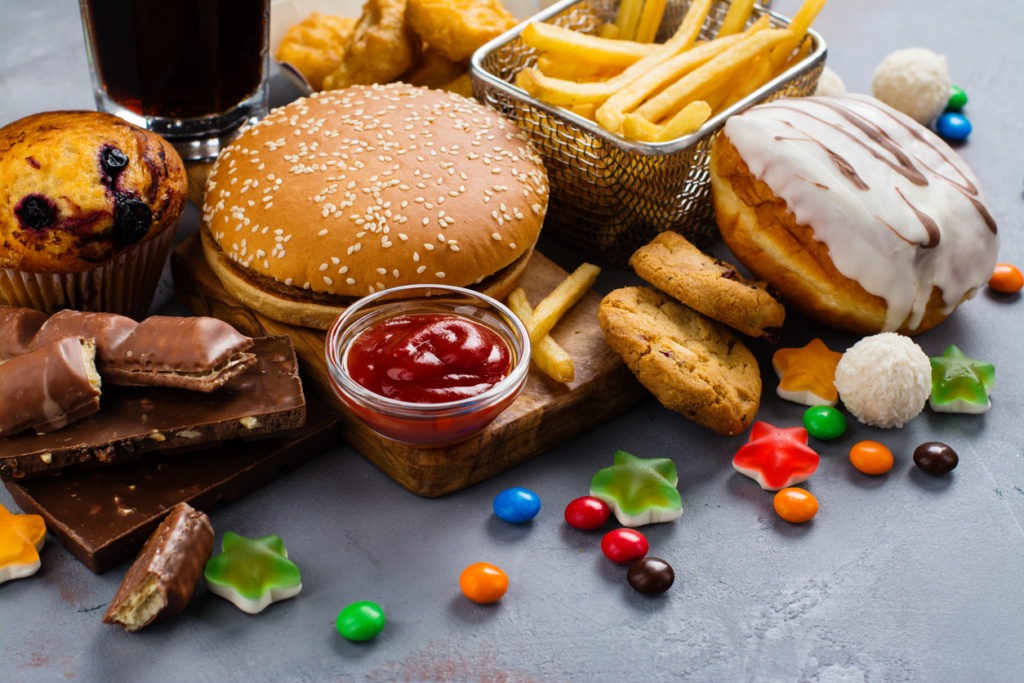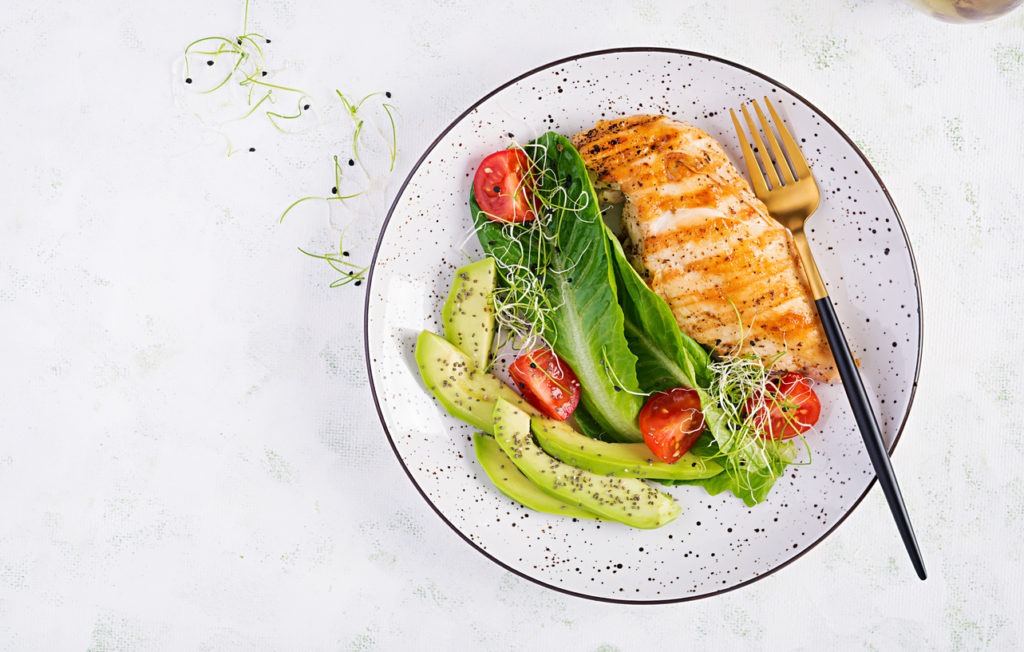Heart disease, diabetes, and obesity are a few of the health conditions caused by our sedentary lifestyles and a modern diet loaded with fat, sugar, and processed foods. The proposed solution of the proponents of the paleo diet is to cut modern foods from our diet and return to the way our early hunter-gatherer forefathers ate.
And among the many modern diets and health trends today, the paleo diet is defiantly one of the more well-known varieties. You have probably asked and wondered about eating paleo, so learn all about it in this guide.
What is a Paleo Diet?
The paleo diet is an eating plan modeled on pre-historic human diets. Sometimes called the caveman diet or the Stone Age diet – the paleo diet takes inspiration from the Paleolithic era that spanned around 2.5 million to 10,000 years ago when our hunter-gatherer ancestors ate foods that you could get by hunting and gathering. It doesn’t include foods that became common when small-scale farming arose about 10,000 years ago.
Because of that, paleo diets do not include grains, legumes, and dairy products – all of which are a product of farming.
Though it’s impossible to know exactly what our ancestors ate in different parts of the world, researchers believe that their diets consisted only of whole foods.
By following a whole food-based diet and leading a physically active life, a hunter-gatherer in the Paleolithic area had little to no risk of developing lifestyle diseases like heart disease, obesity, and diabetes.
The main purpose of a paleo diet is to take us back to how our ancestors used to eat before farming and processed foods were available. Farming and food manufacturing changed the diets of people and animals, and the paleo diet idea claims that our bodies haven’t been able to catch up and adapt to the modern diet, which is the reason why health conditions arise.
The paleo diet focuses on increasing the intake of whole foods like fruits, vegetables, and lean proteins and eliminating high-fat and processed foods with little nutritional value and too much sodium and calories.
Paleo diet proponents claim that this way of eating can help increase energy, reduce inflammation, stabilize blood sugar levels, aid in weight loss, and improve workouts. In turn, it reduces the risk of chronic diseases.
However, because the paleo diet advocates cutting out grains, legumes, and dairy, it has sparked controversy among scientists. Despite what paleo advocates claim, these foods are healthy and are good sources of fiber, carbohydrates, vitamins, and minerals.
What to Eat on a Paleo Diet
On the paleo diet, you have to eat whole, unprocessed foods, such as:
- Meats – Beef, chicken, pork, lamb, turkey, and others
- Fish and seafood – Salmon, trout, mackerel, albacore tuna, shrimp, haddock, shellfish, and more. Choose wild-caught fish and seafood, if you can
- Eggs – Choose free-range, pastured, or omega-3-enriched eggs
- Fruits – Apples, bananas, strawberries, blueberries, pears, oranges, grapes, avocados, mangoes, cantaloupes, and more
- Vegetables – Broccoli, peppers, carrots, onions, tomatoes, asparagus, pumpkins, and more
- Tubers – Potatoes, yams, sweet potatoes, turnips, beets, cassava, and more
- Nuts and seeds – almonds, macadamia nuts, pistachio nuts, walnuts, hazelnuts, pumpkin seeds, sunflower seeds, and more
- Healthy oils and fats – Extra virgin coconut oil, extra virgin olive oil, avocado oil, walnut oil, flaxseed oil, and other oils from fruits and nuts
- Natural sweeteners – Honey, maple syrup, coconut sugar, date paste
- Spices and herbs – Garlic, sea salt, rosemary, thyme, turmeric, basil, and more
Choose grass-fed, pasture-raised, free-range, or organic products as much as possible. These foods might be more expensive than usual, but if you can’t afford them, always go for the least processed option.
Regarding drinking options, choose those made without artificial sweeteners or too much-added sugar. You can drink these beverages on a paleo diet:
- Water
- Coffee (no sugar or cream)
- Unsweetened teas
- Coconut water
- Bone broth
- Sparkling water (no added artificial sweeteners or sugars)
Also, you can indulge in small amounts of red wine and dark chocolate on a paleo diet. High-quality red wine is high in beneficial nutrients and antioxidants. Meanwhile, dark chocolate is very nutritious and healthy, especially for those with 70% or higher cocoa content. You can take these foods in small amounts from time to time.
What to Avoid on a Paleo Diet
The paleo diet does not include these foods and ingredients:
- Foods with sugar and high-fructose corn syrup – Table sugar, fruit juices, soft drinks, candy, pastries, ice cream, and many others
- Grains and products made from grains – Includes rice, oats, bread, pasta, wheat, spelt, barley, rye, and more
- Legumes – Beans, lentils, peas, soybeans, tofu, peanut, and many more
- Dairy – Avoid most dairy, especially low-fat varieties. Some versions of the paleo diet do include full-fat dairies like cheese and butter.
- Trans fats – Found in margarine and many processed foods, it is usually referred to as hydrogenated or partially hydrogenated oils.
- Artificial sweeteners – Aspartame, saccharin, sucralose, acesulfame potassium, and more. Use natural sweeteners instead.
- Processed foods – Anything that has undergone any form of processing and manufacturing, such as processed meats, packaged foods and snacks, candy, soda, alcohol, chips, and more. Don’t eat it if it looks like it was made in a factory.
- Vegetable oils – Soybean oil, corn oil, sunflower oil, grapeseed oil, safflower oil, and others
- Processed cooking oils – Vegetable oil, canola oil, peanut oil, palm oil
- Food colorings – These are often present in some processed foods
- Genetically modified (GMO) foods – GMOs are a modern invention, so it’s not allowed for a paleo diet
Modified Paleo Diet
Over the past few years, the paleo community has evolved, and some versions of the paleo diet are less strict than others. Some allow dairy or legumes, like peanuts. Many of them allow some modern foods that science deems are healthy, including gluten-free grains like rice and quality grass-fed butter.
Many people think of paleo as a template to base the diet on, not necessarily a strict set of rules to follow. After all, it takes a lot of dedication to fully commit to the pure paleo diet.
Pros of a Paleo Diet
1. Health benefits
Generally, the paleo diet has features you can find in many recommended healthy diets. Since it emphasizes whole foods like lean meats, fruits, and vegetables, it can allow you to “cleanse” your body of unwanted toxins caused by eating highly processed foods. If you cut out processed foods, processed meats, and sugar-laden beverages and foods and swap them out for more natural options like lean meats, whole fruits, and vegetables, you will experience many health benefits.
A paleo diet plan rich in fruits and vegetables can help you achieve most nutrient requirements naturally. It can help improve your lipid profile and blood sugar and lower your risk of diseases like diabetes, obesity, and certain cancers.
2. Weight loss
When you cut out added sugars, empty calories, and processed foods, you will first lose weight, especially water weight. There are studies that prove that the paleo diet can be more effective than other low-fat diets for short-term weight loss.
3. Compatible with other dietary restrictions
The paleo diet is also helpful for people who are dairy-free, gluten-free, and soy-free.
Cons and Risks of a Paleo Diet
1. Hard to maintain
One big disadvantage of the hunter-gatherer diet is it’s difficult to maintain, especially in the long run. Since most foods are eaten plain, this approach can easily get bland and boring. If your tastebuds are used to eating tasty foods with different flavors, like pizzas, burgers, and donuts – sticking to a paleo diet will be challenging.
2. Expensive
It can also be expensive since foods that are grass-fed and organically grown meats and produce typically cost more. A lot of processed foods are also cheaper than healthier, whole foods.
3. Less convenient
If you have to rely heavily on fresh fruits, it can be more difficult to plan your meals. Sticking to the paleo diet is a huge commitment – you have to make sure that you have time to prepare your meals and snacks because you have to avoid those instant, frozen, canned, and processed food varieties that are easier to prepare and more convenient to consume.
Paleo diet can be a hassle for those with busy lifestyles which rely on take-outs or dining out so they can eat. But there are now delivery services to cater to those in different diets, including paleo, keto, vegan, etc. If you have a healthy food delivery service near you, you may want to consider it, but be prepared to pay more for its convenience.
4. It may cause you to miss out on important nutrients
Though there are many health benefits to the paleo diet, the biggest downside is that you risk missing out on other key nutrients like fiber, carbohydrates, calcium, vitamin D, and B vitamins.
Suppose you’re not eating whole grains, dairy, or legumes. In that case, it could put you at risk of developing osteoporosis, rickets, and bone fractures in the long run, because it can cause deficiencies in calcium and vitamins B and D. Also, continued low carbohydrate intake may lead to overuse of fat for energy or ketosis.
These are why some modified paleo diets allow grains, dairy, and legumes, as long as you avoid processed foods.
5. Not for all
If you have liver, heart, kidney, or pancreatic disease, you should work with your physician before starting a paleo diet. It may affect your treatment, and it may cause nutrient deficiencies that might aggravate your condition. And even if you’re healthy, you should also consult a dietitian or a physician if you’re interested in trying the very low-carb version of the paleo diet.
Some Tips for Eating Paleo
Many people who strive to follow the paleo diet might struggle with staying true to this lifestyle. In the modern world, especially in the most developed countries, finding non-processed and natural food could be a hassle and a drain on the pocket. Even if you do manage to find the right foods and have the time to prepare them for meals – you might still be tempted to break your diet due to the delicious meals available in restaurants or the snacks in supermarkets. In order to help you out, here are some tips on following the paleo diet successfully:
- Really take your time to figure out what you enjoy eating within the spectrum of the paleo diet. This will help you vary your meals, so you don’t get bored of eating the same thing every day.
- The thing to consider about the paleo diet is how extreme you want to take it. Some versions are more restrictive than others and cutting out a whole bunch of food groups at once can be overwhelming. To successfully try the paleo diet, start with small incremental changes instead of changing it drastically right away.
- Plan your meals, as your cooking style will have to change from less baking to more grilling and other methods. You might have to invest in some new equipment for the kitchen and get familiar with different cooking methods.
- Allow a “paleo break” when needed and have a small snack or meal that includes a few non-paleo items. After all, our bodies are used to a more modern way of eating, so we can’t expect them to give a full performance on only paleo food right away.
- Plan your snacks carefully – this will ensure you don’t fall off the wagon. Having the right snacks around will help fulfill your cravings without breaking your diet. Luckily, there are several paleo-friendly snacks available, especially on online platforms.
- Try various vegetables, fruits, and other food groups that fall within the paleo diet.
- Use spices in your recipes. Spices can liven up different meals and provide more variety. Plus, some spices could be very good for your health.
- Shop for high-protein, low-carb bars for quick snacks on the go.




